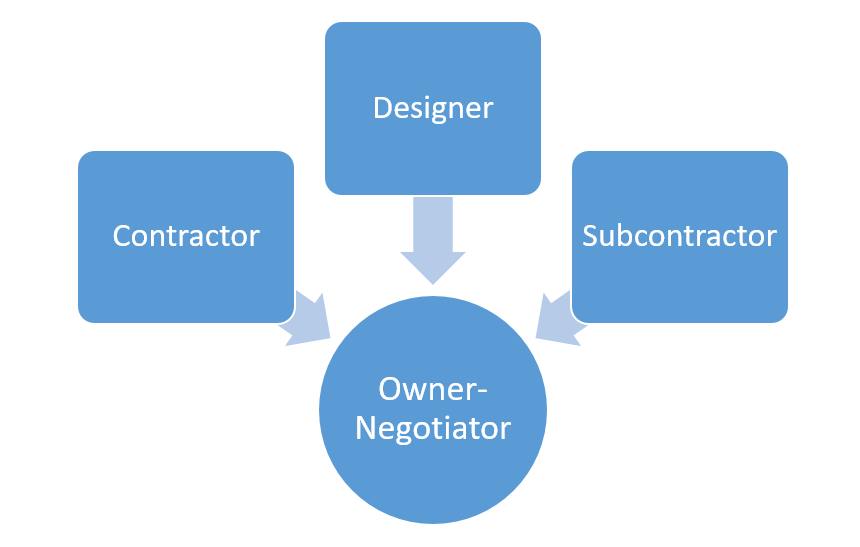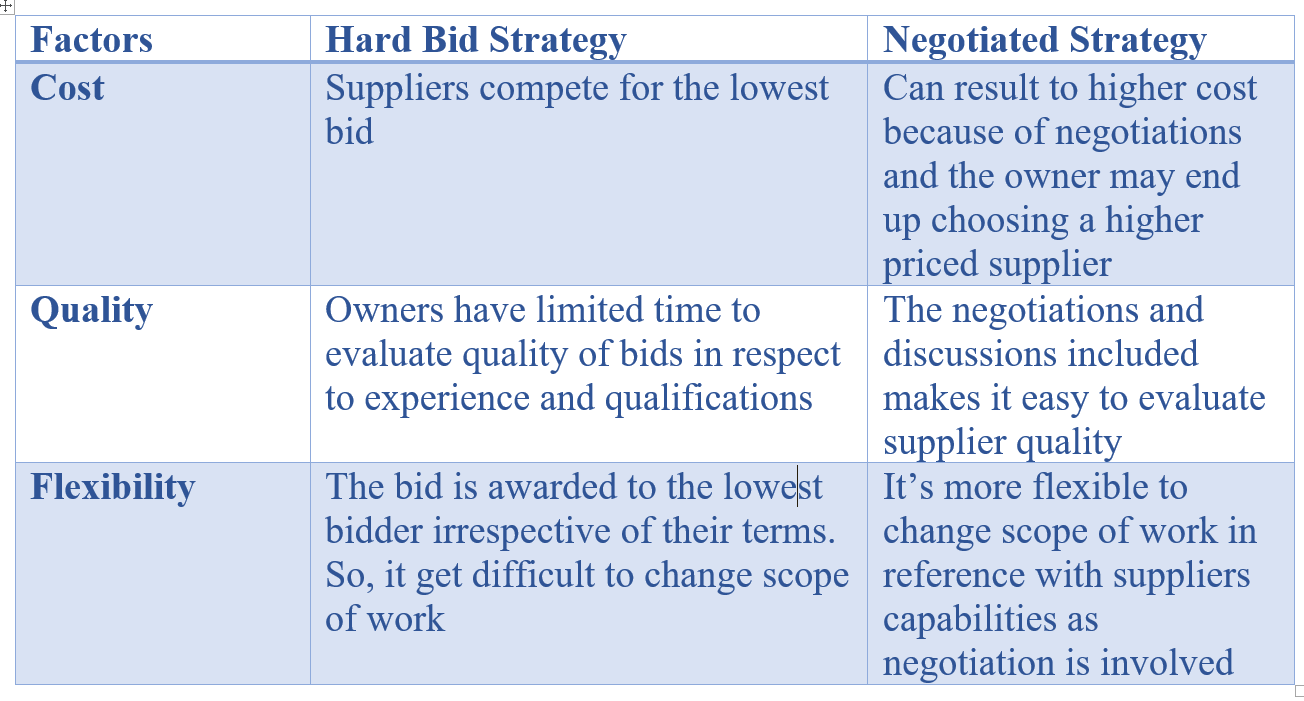Are you having second guesses about the construction bid you've just submitted? Do you think you have undervalued your skills and bid low for money? Well, this is what a subcontractor think about after bidding. The reality is you may be undervaluing your skills, reputation, and experience for the sake of landing the project.
As a subcontractor, you might have come across the words " hard bid." These are common words in industrial and commercial construction. This why many homeowners are aware of it. It's saddening that property owners are using the bid to manipulate contractors and subcontractors.
Hard bid construction is affecting the industry. But, what is a hard bid scenario? We'll explain all these and what you, a subcontractor, can do about it.
Key Takeaways
- Hard bid construction awards projects based solely on lowest price using Design Bid Build method.
- Process involves architect plans with public bidding where lowest bidder wins without qualification consideration.
- Advantages: price comparison, clear scope, known methodology, defined roles.
- Negotiated strategies award based on qualifications through collaboration rather than competitive bidding.
- Hard bids disadvantage subcontractors with longer timelines, higher risks, potential underpayment versus negotiated approaches.
What is a Hard Bid?
A hard bid is where the owner hires an architect or designer to design a project in response to their project plans. The most common name used to refer to a hard bid is the Traditional Design Bid Build Method. In this bid scenario, the construction job is awarded based on price only.
The architects prepare construction documents and then publicly put them for bids. The bids presented are a representation of the total project cost they will need to complete the said project. This includes what they think subcontractors will demand.

So, the lowest bidder gets awarded the job. There is no consideration given to sub-qualifications or experience. Ideally, this is a race to the lowest bid. But, if the bids are many, there is no guarantee that the lowest bidder gets selected for the same project.
In this case, the general contractors are caught in a hard bid scenario. Each of them has to make miscellaneous improvements. They have to figure out how to win the project by offering the lowest price. This means they have to check on alternative materials project duration and also ensure the delivery method fits their budget.
Usually, contractors have insufficient time for a thorough review of delivery method comparisons. So, most of these details are often overlooked. However, general contractors have time to figure out how their bid will work after winning the hard bid contract. The same hard bid process is repeated as the contractor selects the subcontractor.
If compared to other collaborative methods, the hard bid is a lengthier process. This is because the construction only starts after the design process is complete. Now, all construction delivery methods have major benefits, this are the advantages a hard bid.
Advantages of Hard Bid Construction
- The owner can compare the bidder/ general contractor prices
- The general contractor is restricted to the exact hard bid project parameters
- This is a well-known traditional design bid build method
- Hard bid has a clear definition of scope of work
- Hard bid contracts have clear roles defined amongst the participants
Now that you understand how hard bid project delivery methods work, you also need to know how the negotiated strategies work. This way, you will be able to determine the best method for your commercial construction needs.
Negotiated Strategy
Negotiated strategies come down to negotiating on contract terms. This may include scope, quality, price, and the overall project. The owner negotiates terms with a single contractor, trusting the contractor will handle work as needed. This means that, in this strategy, the owner avoids the competitive hard bid contract process.

In a negotiated strategy, a hard bid scenario can still be used. You can still hard bid the subcontractors. However, you will need to have some valuable information to gain the upper hand. At times, owners do not have a clear scope of what they want for their project.
A contractor can use the negotiated strategy to come up with a clear scope for the owner project and also participate in the hard bidding process for the owner to get a competitive price. Of the two different delivery methods, the negotiated strategy is more transparent.
Difference Between Hard Bid and Negotiated Strategies
Apart from procurement law, various factors are used to differentiate between the two construction strategies. Here are detailed explanations;
The Process
The hard bid process involves the owner hiring a contractor with respect to their project plans. The award of hard-bid projects is based on price alone. The focus is on the bidder with the lowest bid without considering qualifications.
Conversely, the negotiated strategies are awarded with respect to qualification. It's more of a collaborative working relationship. The owner engages the contractor and subcontractor simultaneously. Also, there is no competitive hard bid process in this strategy. In most cases, the owner project drawing is already 50%-70% complete before the contractor gets involved.
Time
As mentioned earlier, the hard bid is a lengthier process if compared with other project processes for commercial construction. In this process, the contractors and subcontractors have to prepare and submit their bids for evaluation.
For a negotiated strategy, the procurement process is fast. This is because the project is targeted toward a specific contractor and subcontractor. The contractor will commit to finishing the project at the negotiated rate.
Risk
In hard bids, the contractor and subcontractors have to offer a lower bid just to win the project. If the bids are competitive, they have to discuss alternative materials prices, which affects quality in construction. Additionally, the suppliers have to bear loss risk as they are locked in the hard bid contract.
On the other hand, in a negotiated strategy, there is risk reduction because the contract is based on the supplier's capabilities and resources.
Other factors are listed below.

For contractors and subcontractors in a hard bid project strategy, you are hired based on your bid. It's clear that contractors can participate with owners in hard bid scenarios. This means they can decide to underpay you, the subcontractor. Remember, all the risks are passed to you, and you can't pass them on to anyone else. Ideally, there is no turning back once you accept the hard bid contract.
Conclusion
From the comparison above, we can conclude that subcontractors are disadvantaged especially in hard bid projects. But, have you ever thought of what if you were connected with a contractor or bidding opportunities sent automatically?
Downtobid is the best bid invitation software designed to enhance the efficiency of the construction bidding process. It offers a sophisticated yet user-friendly bid invitation system, primarily helping proejct owners in streamlining their bid invitation process. By using advanced AI, Downtobid quickly converts construction plans into bid invites, facilitating a more efficient and organized bidding process.